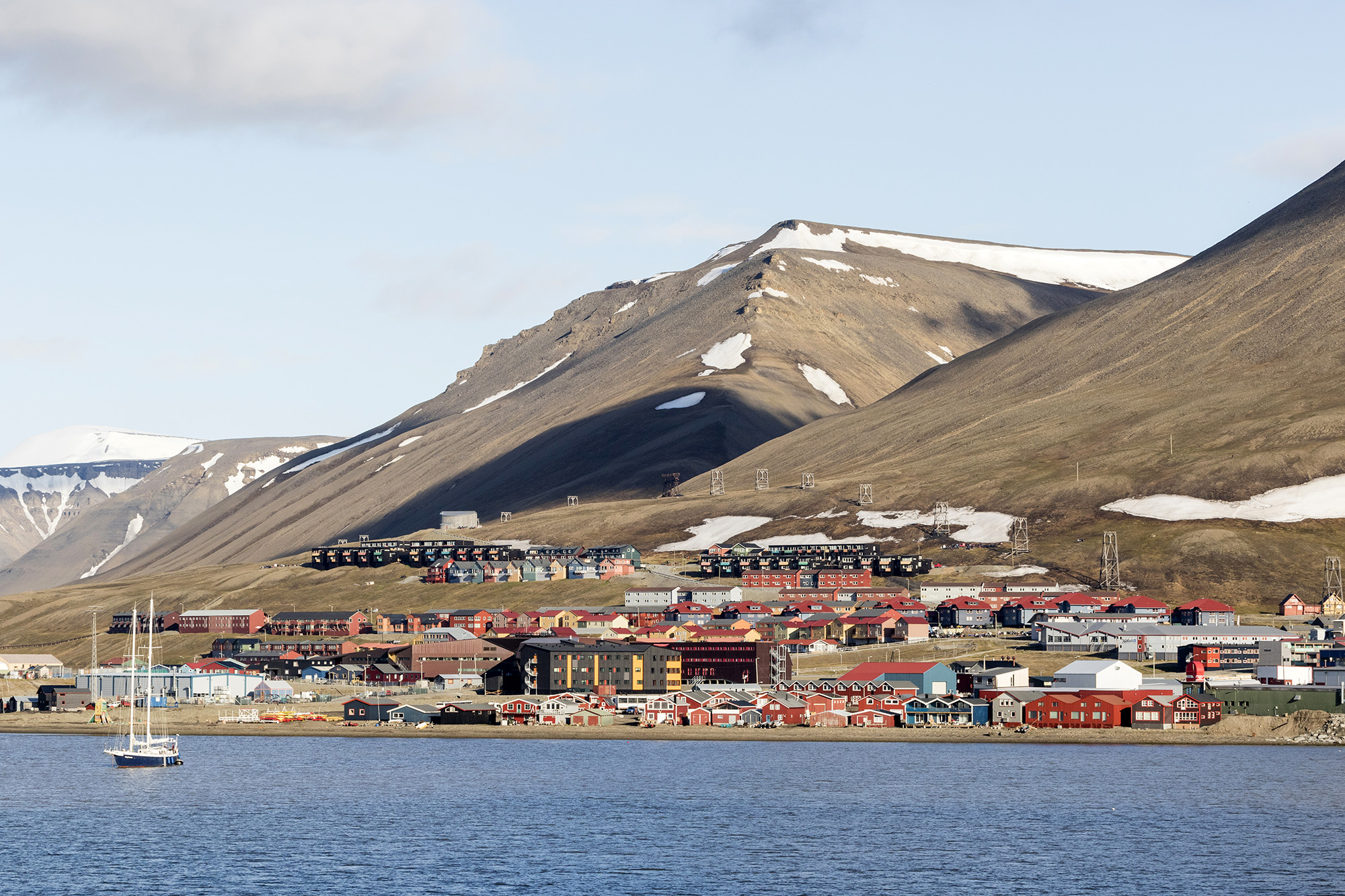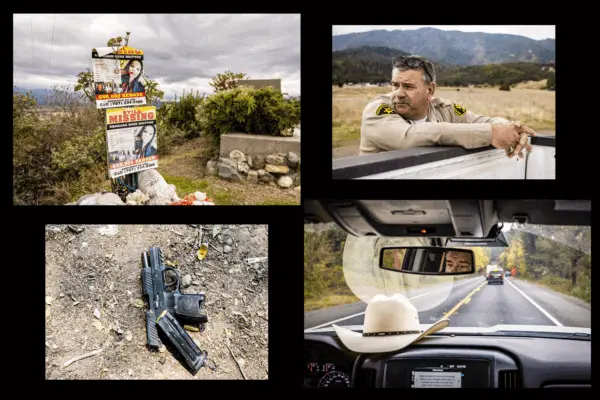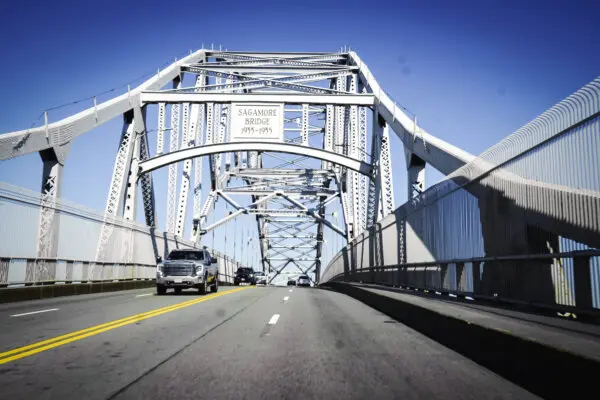When you arrive in Longyearbyen for the very first time, you can’t quite believe your eyes. There’s no place on earth that looks anything like it. Surrounded by a vast Arctic wilderness and many unbroken stretches of preserved and protected land, the world’s northernmost town sits on a protected harbor ringed by snow-capped mountains. But when you get a little closer, things look undeniably industrial.
Disembarking from an expedition ship, I very quickly encountered the explanation for the grittiness. One of the first sights on my walking tour? A huge coal plant, complete with smokestacks and shafts leading off to various places. “For centuries here,” the guide explained, “it’s always been coal.”










